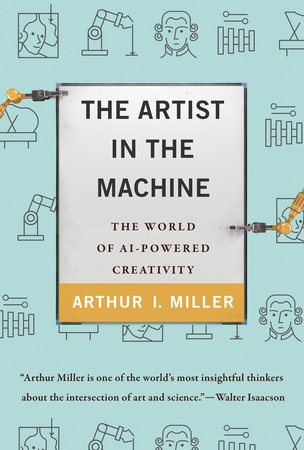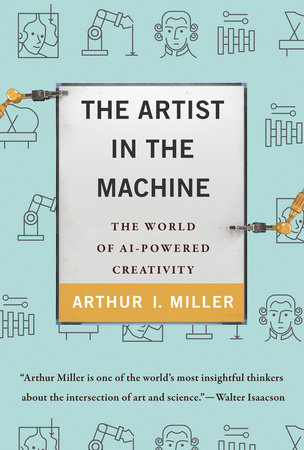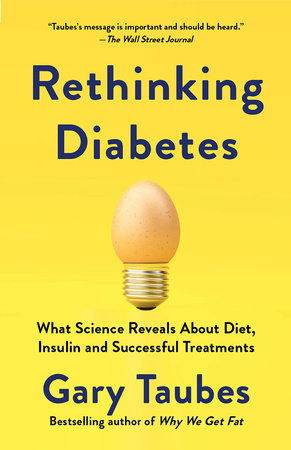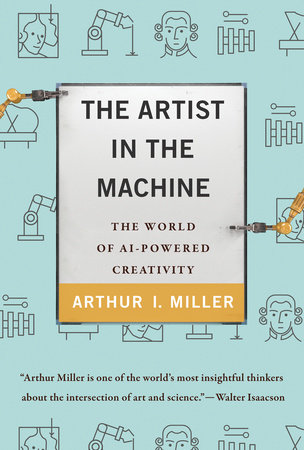

The Artist in the Machine
By Arthur I. Miller
By Arthur I. Miller
By Arthur I. Miller
By Arthur I. Miller
By Arthur I. Miller
By Arthur I. Miller

-
$26.95
Nov 10, 2020 | ISBN 9780262539623
-
$29.95
Oct 01, 2019 | ISBN 9780262042857
-
Oct 01, 2019 | ISBN 9780262354608
YOU MAY ALSO LIKE
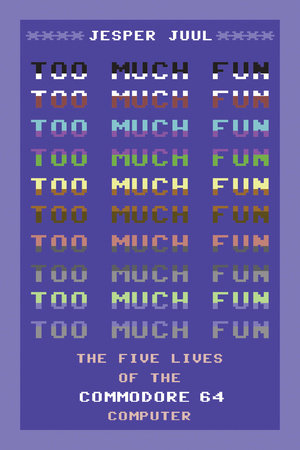
Too Much Fun
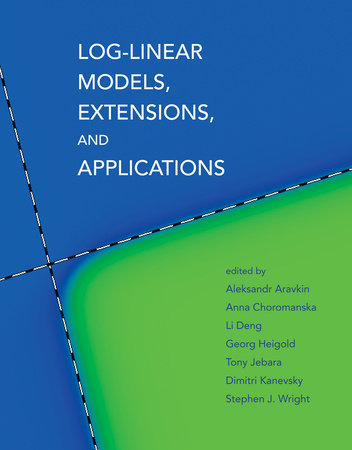
Log-Linear Models, Extensions, and Applications
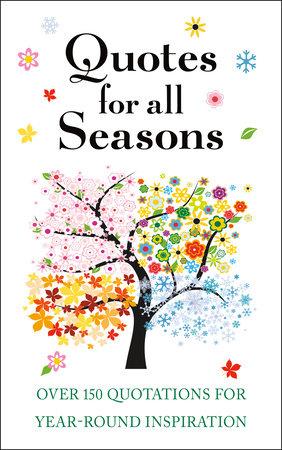
Quotes for All Seasons
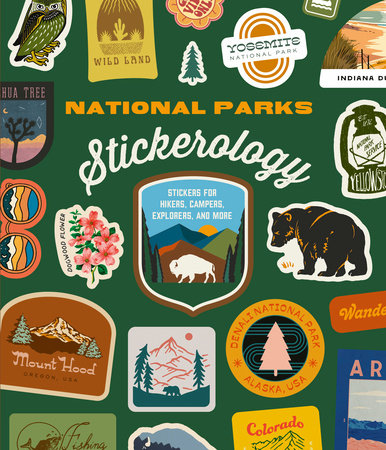
National Parks Stickerology
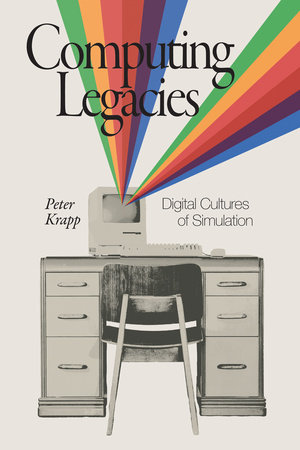
Computing Legacies
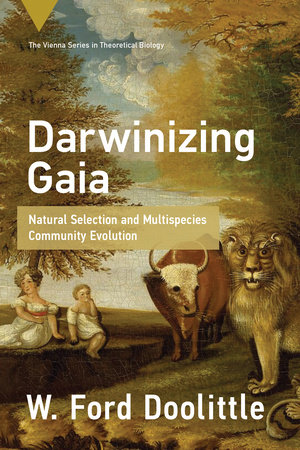
Darwinizing Gaia
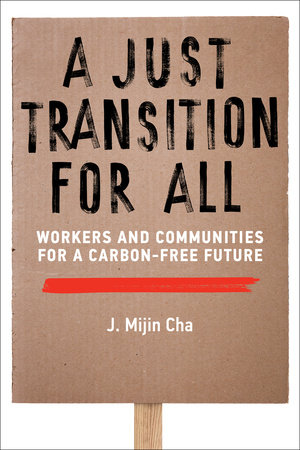
A Just Transition for All

Starlore of the Constellations

Houseplant
Praise
“With this quite extraordinary book Arthur Miller has produced an essential, readable, and highly intelligent account of the manner in which machines can — and surely soon will — become involved in the process of creativity. In art, poetry, music, and thinking, computers are now teetering on the brink of true consciousness with implications both tantalizing and terrifying, as this necessary book so eloquently illustrates.” – Simon Winchester, author of The Perfectionists: How Precision Engineers Created the Modern World
“Arthur Miller is one of the world’s most insightful thinkers about the intersection of art and science. In this profound book, he takes on a key question in the impending age of artificial intelligence: Can computers be creative? Readers will be fascinated by his analysis of the unexpected talents of computers and also the more fundamental issue of what creativity actually is. It’s an important book for anyone who wants to understand the role we humans will play in a technologically driven future.” – Walter Isaacson, Professor of History, Tulane University and author of Steve Jobs and Leonardo da Vinci
“Arthur I. Miller is widely acclaimed as a scholarly, insightful, and prolific thinker whose earlier books have illuminated the symbiosis between the arts and sciences. The Artist in the Machine addresses a hugely important new topic: Miller recounts many instances where artistic creativity is already being nourished by interaction with artificial intelligence — and speculates on the capabilities of more powerful machines. This fascinating book deserves wide readership.” – Martin Rees, UK Astronomer Royal and author of On the Future: Prospects for Humanity
“Ever since Ada Lovelace’s first speculations way back in 1843, thinkers have debated whether computers can display bona fide artistic creativity. Miller’s masterly volume brings the controversy well into the 21st century. The Artist in the Machine is by far the most current, comprehensive, and candid treatment available today.” – Dean K. Simonton, Distinguished Professor Emeritus of Psychology, University of California, Davis, and author of The Genius Checklist: Nine Paradoxical Tips about How You Can Become a Creative Genius
Table Of Contents
Part I
UNDERSTANDING CREATIVITY
Chapter 1
What Makes us Creative?
What is Creativity?
Why Can’t We All Make Discoveries Like Einstein, Write Music Like Bach or Transform the World of Art Like Picasso? What Makes These People Special?
Chapter 2
Seven Hallmarks of Creativity and Two Marks of Genius
1. The Need for Introspection
2. Know your Strengths
3. Focus, Persevere and Don’t Be Afraid to Make Mistakes
4. Collaborate and Compete
5. Beg, Borrow or Steal Great Ideas
6. Thrive on Ambiguity
7. The Need for Experience and Suffering
The Two Marks of Genius
Intent, Imagination and Unpredictability
Chapter 3
Margaret Boden’s Three Types of Creativity
Chapter 4
Unconscious Thought: The Key Ingredient
The Four Stages of Creativity
The Importance of Taking Time Off
Unconscious Thought and Computers
Chapter 5
The Birth of Artificial Intelligence (AI)
-6-
The First Inklings of Computer Creativity
Computers that Mimic the Brain
Chapter 6
Games Computers Play
Deep Blue Defeats Garry Kasparov
IBM Watson Becomes Jeopardy! Champion
AlphaGo Defeats the Reigning World Go Champion
Part II
PORTRAIT OF THE COMPUTER AS AN ARTIST
Chapter 1
DeepDream: How Alexander Mordvintsev Excavated the Computer’s Hidden Layers
Mike Tyka Takes the Dream Deeper Chapter 2 Blaise Agüera y Arcas Brings Together Artists and Machine Intelligence Memo Akten Educates a Neural Network Chapter 3 What Came After DeepDream? Damien Henry and a Machine That Dreams a Landscape Mario Klingemann and His X degrees of Separation Angelo Semeraro’s Recognition – Intertwining Past and Present
Leon Gatys’ Style Transfer: Photography in ‘the Style of’
Chapter 4
Ian Goodfellow’s Generative Adversarial Networks (GANs): AI Learns to Imagine
Mike Tyka’s Portraits of Imaginary People
Refik Anadol Creates a Dreaming Archive
Theresa Reimann-Dubbers’ AI looks at the Messiah
Jake Elwes’ Dreams of Latent Space
Chapter 5
Phillip Isola’s Pix2Pix – Filling in the Picture
Mario Klingemann Changes Faces With Pix2Pix
Anna Ridler’s Fall of the House of Usher
Chapter 6
Jun-Yan Zhu’s Cycle GAN Turns Horses into Zebras
-7-
Mario Klingemann Plays with CycleGAN
Chapter 7
Ahmed Elgammal’s Creative Adversarial Networks (CAN)
Chapter 8
‘But is it Art?’ GANs enter the art market
Chapter 9
Simon Colton’s The Painting Fool
Chapter 10
Hod Lipson and Patrick Tresset’s Artist Robots
PART III
MACHINES THAT MAKE MUSIC: PUTTING THE ‘RHYTHM’ INTO ‘ALGORITHM’
Chapter 1
Project Magenta Creates AI’s First Tune
Chapter 2
From WaveNet and NSynth to COCO NET: Adventures in Music Making
WaveNet: From Voice to Music
NSynth – Creating Sounds Never Heard Before
COCO NET: Filling in the Gaps
Chapter 3
François Pachet and his Computers that Improvise and Compose Songs
The Flow Machine
Chapter 4
Gil Weinberg and Mason Bretan and their Robot Jazz Band Chapter 5
David Cope makes Music that is ‘more Bach than Bach’
Chapter 6
The Drunken Pint and Other Folk Music Composed by Bob Sturm and Oded Ben-Tal’s AI
Chapter 7
Rebecca Fiebrink uses Movement to Generate Sound
Chapter 8
Marwaread Mary Farbood Sketches Music
-8-
Chapter 9
Eduardo Miranda and his Improvising Slime Mould
Part IV
ONCE UPON A TIME: COMPUTERS THAT TELL STORIES
Chapter 1
The Pinocchio Effect
Chapter 2
The Final Frontier: Computers with a Sense of Humour
Chapter 3
AI and Poetry
Pablo Gervás and his Poetic Algorithms
Chapter 4
Rafael Pérez y Pérez and the Problems of Creating Rounded Stories
Chapter 5
Nick Montfort Makes Poetry With Pi
Chapter 6
Allison Parrish Sends Probes into Semantic Space
Chapter 7
Ross Goodwin and the First AI Scripted Movie
Chapter 8
Sarah Harmon Uses AI to Create Illuminating Metaphors
Chapter 9
Tony Veale and His Metaphor and Story-Generating Programmes
Chapter 10
Hannah Davis Turns Words into Music
Chapter 11
Simon Colton’s Poetic Fool
Part V
THE WORLD’S FIRST COMPUTER-COMPOSED MUSICAL: BEYOND THE FENCE, STAGED BY ANDROID LLOYD WEBBER AND FRIENDS
PART VI
-9-
CAN COMPUTERS BE CREATIVE?
Chapter 1
A Glimpse of the Future?
Creativity in Humans and Machines
Attempts to Pin Down Creativity
Chapter 2
What Goes on in the Computer’s Brain?
Jason Yosinski and the Puzzle of What Machines See
Mark Riedl on Teaching Neural Networks to Communicate
Chapter 3
What Drives Creativity?
Margaret Boden and Computer Creativity
Chapter 4
Evaluating Creativity in Computers
Geraint Wiggins and the Mind’s Chorus
Graeme Ritchie’s Fourteen Criteria for Measuring the Creativity of an Algorithm
Anna Jordanous’s Fourteen Components of Creativity
Chapter 5
Computers With Feelings
Rosalind Picard on Developing Machines that Feel
Machines Gaining Experience of the World
Machines that Suffer
Chapter 6
The Question of Consciousness
John Searle’s Chinese Room and the Question of whether Computers can actually Think
Reducing Consciousness to the Sum of its Parts
Chapter 7
Michael Graziano: Developing Conscious Computers
Awareness and Attention
Self-Awareness, Introspection and Perseverance in Computers
Giving Computers Consciousness
Chapter 8
Two Dissenting Voices
Douglas Hofstadter and the Horrors of a Future Controlled by Creative Machines
-10-
Pat Langley and Machines that Work More like People
Chapter 9
Can We Apply the Hallmarks of Creativity to Computers?
The Need to Know Your Strengths
The Need to Beg, Borrow or Steal Great Ideas; and the Need for Collaboration and Competition
The Need to Focus and not be Afraid to Make Mistakes
The Need to Thrive on Ambiguity and the Need for Experience and Suffering
The Ability to Discover the Key Problem and to Spot Connections
Chapter 10
The Future
Where We Are Now
Where We Are Going
And Into the Future …
ACKNOWLEDGEMENTS
ILLUSTRATION CREDITS
ENDNOTES
BIBLIOGRAPHY
INDEX
21 Books You’ve Been Meaning to Read
Just for joining you’ll get personalized recommendations on your dashboard daily and features only for members.
Find Out More Join Now Sign In






